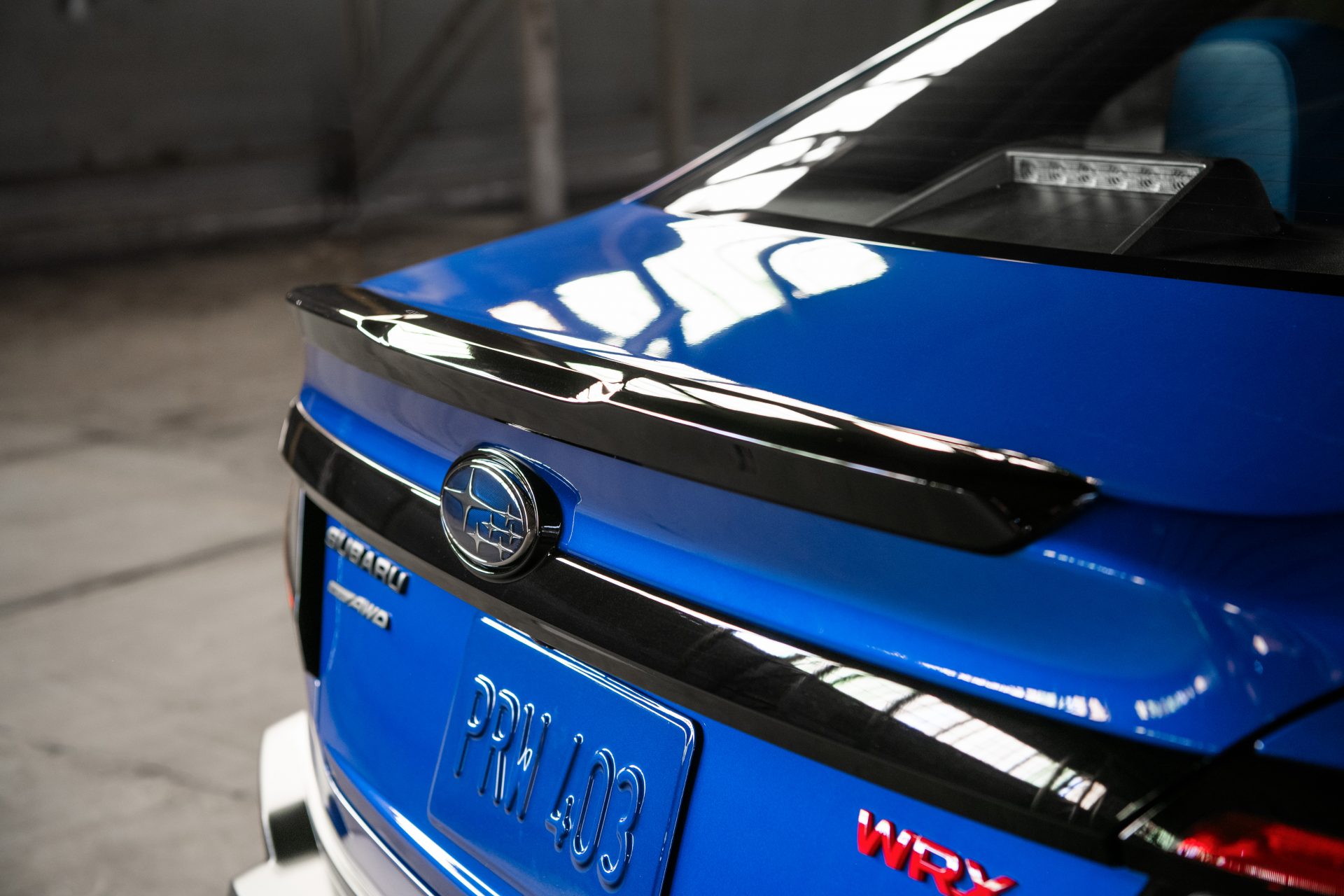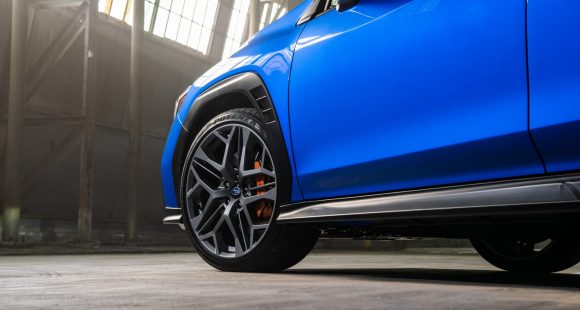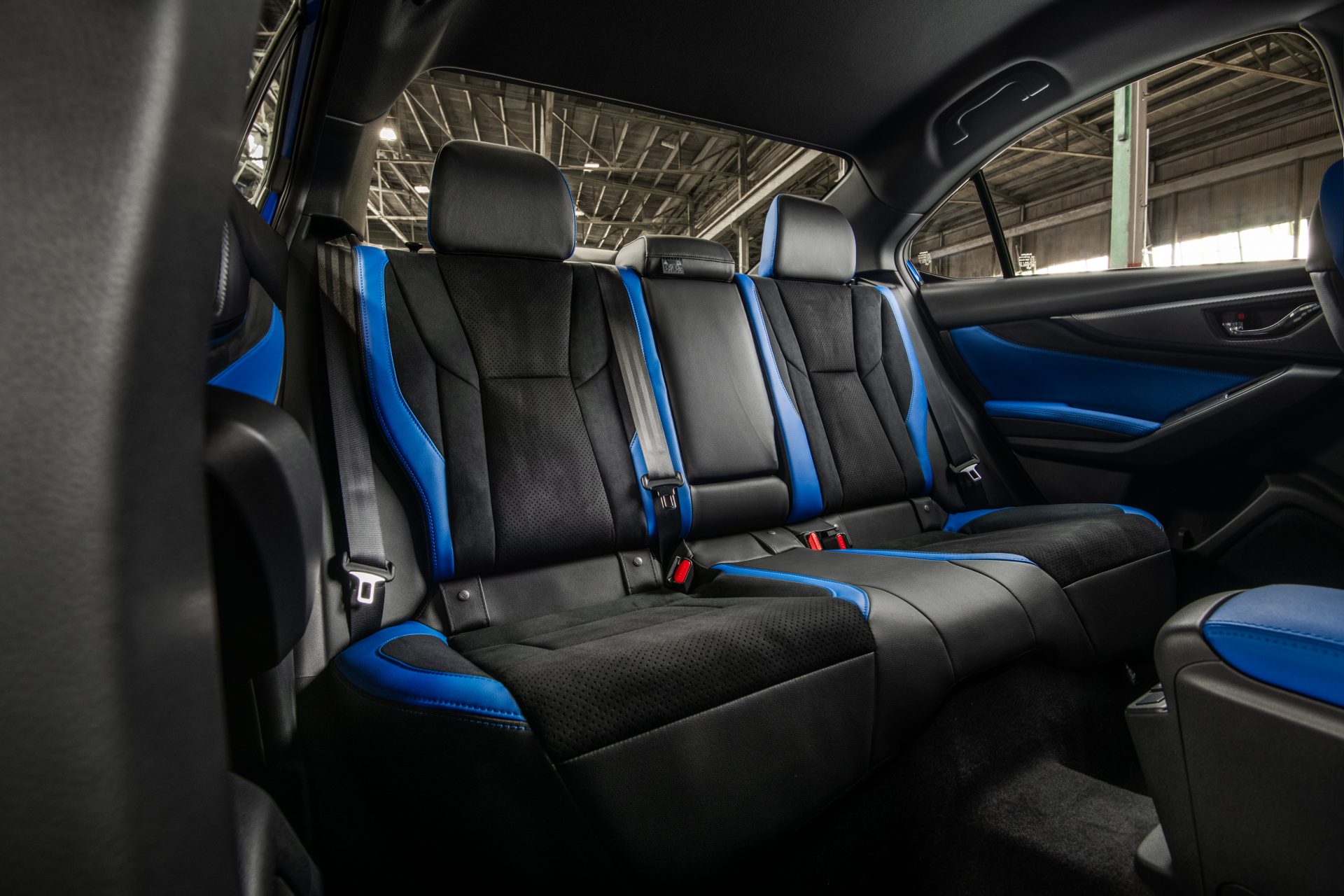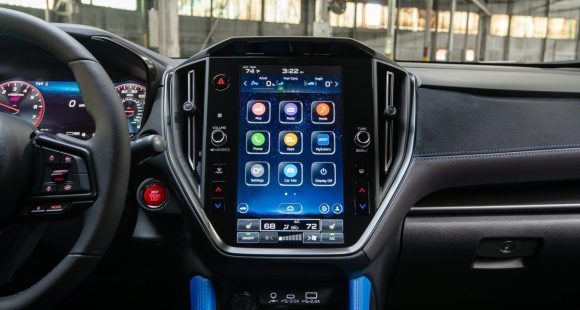2015 Hyundai Sonata
The 2011 Sonata was a watershed sedan for Hyundai. It lured buyers in with dynamic styling, and cheap prices, and kept them satisfied with great drivability and reliability. But, that was yesterday. The challenge today is to keep those buyers despite more intense mid-size competition, and to uphold their well-earned reputation. So let’s find out how an all-new 2015 Sonata measures up.
It’s difficult to fathom that the 2015 Hyundai Sonata marks the beginning of the 7th generation of the Korean middle-weight four-door. To say it has come a long way is an understatement. Evolving from a late 80’s boxy also ran, to today’s family sedan trend setter.
And it’s easy to see those trend setting ways continuing when you climb inside the latest Sonata. You’re immediately treated to a great looking interior that is incredibly comfortable and very upscale in feel. Though this Limited model’s rich 2-tone black and brown theme surely has a lot to do with that.
Not that it’s perfect. Some of our staff found the sparseness of control knobs annoying, and the few knobs that are present are either a long reach or look too similar to each other, and had some turning up the temperature when they we were trying to crank up the volume. Owners will likely figured it all out in no time, however.
 The folding rear seats offer plenty of head and leg room, and while seat cushions are a little on the hard side there is a very comfortable rake to the seat backs which makes things quite tolerable for long trips.
The folding rear seats offer plenty of head and leg room, and while seat cushions are a little on the hard side there is a very comfortable rake to the seat backs which makes things quite tolerable for long trips.
In fact, interior volume has risen enough that Sonata is now in the Large Car EPA size-class. Trunk space is certainly larger than most mid-size rivals at 16.3 cubic-ft.
An available Tech package gets you a panoramic sunroof, HID headlights, and very competent 8-inch navigation display with touchscreen. But the Ultimate package is where the tech really kicks in with smart cruise control with full stop and start capabilities, lane departure warning, forward collision warning, plus an electronic parking brake with hold feature.
As before all engines are four-cylinder and three are available. This standard, direct-injected 2.4-liter I4 rates 185-horsepower and 178 lb-ft. of torque. Peak power is actually down a little from last year in an attempt to make things more responsive. But, we found it a bit weak and noisy. A 1.6-liter turbo Eco model is new, but only recommended if fuel economy is your number-one priority. The 245-horsepower 2.0-liter turbo looks like the best choice for ample off-the line torque.
 We didn’t find that in the 2.4. Getting to 60 took us a lackluster 9.3-seconds. Well off the previous car. You do start to feel some hint of power mid-range, but slow shifts from the 6-speed automatic keep the fun factor just barely above zero. Running out the ¼-mile took 17.2-seconds at 83 miles-per-hour.
We didn’t find that in the 2.4. Getting to 60 took us a lackluster 9.3-seconds. Well off the previous car. You do start to feel some hint of power mid-range, but slow shifts from the 6-speed automatic keep the fun factor just barely above zero. Running out the ¼-mile took 17.2-seconds at 83 miles-per-hour.
Things improved somewhat through our handling course. Understeer is certainly there, but it doesn’t bombard you. Steering is quick, but the feel is artificially heavy and disconnected. Much, much better was braking performance, with solid stops from 60 that averaged just 117-feet.
This is, first and foremost, a family sedan of course, so while it’s doubtful that track performance will be high on any family’s priority list, exterior design will certainly play a much larger roll.
The fluidic sculpture 2.0 styling theme tries just as hard as the previous generation to make a statement, but we’re not sure the results are nearly as successful. Though the look, complete with LED daytime running lights and dual exhaust is now undoubtedly classier, like its better rivals. The rear appears wider and taller, with high mounted LED tail lights pointing in towards the center.
So while exterior beauty is always in the eye of the beholder, from the driver’s seat we all agree that Hyundai has certainly come a long way in chassis and suspension refinement. Ride is both solid and smooth. We also appreciated the lack of CVT transmission and found the 6-speed manual-mode automatic to work very well in daily driving.
 It proved quite efficient for a larger sedan as well, with Government Fuel Economy Ratings of 25-City, 37-Highway, and 29-Combined, which we matched almost perfectly with a 29.2 miles-per-gallon loop on Regular. The Energy Impact Score is also respectable with 11.4-barrels of oil burned annually and 5.1-tons of CO2 emitted.
It proved quite efficient for a larger sedan as well, with Government Fuel Economy Ratings of 25-City, 37-Highway, and 29-Combined, which we matched almost perfectly with a 29.2 miles-per-gallon loop on Regular. The Energy Impact Score is also respectable with 11.4-barrels of oil burned annually and 5.1-tons of CO2 emitted.
One thing that has not changed is Hyundai value with Sonata’s base pricing of just $21,960. Limited trim will cost you a fair bit more, but is still a bargain at $27,335. And of course Hyundai’s America’s Best Warranty is still in effect.
There is nothing that feels cheap about the 2015 Hyundai Sonata, particularly in upscale Limited guise, as it fully showcases the brand in their growth from low price alternative to mainstream staple. 7-generations is certainly proof that this car is more contender than pretender, and carmakers will be trying to out-do this high value nameplate for a years to come.
Specifications
- Engine: 2.4-liter
- Horsepower: 185
- Torque: 178 lb-ft.
- 0-60 mph: 9.3 seconds
- 1/4 mile: 17.2 seconds @ 83 mph
- EPA: 25 mpg city/ 37 mpg highway
- Energy Impact: 11.4 barrels of oil/yr
- CO2 Emissions: 5.1 tons/yr
2025 Subaru WRX tS
Subaru’s “World Rally eXperimental” Gets Tecnica-Tuned Tech
Building on its global rally heritage, WRX has been a standalone Subaru nameplate, marketed separately from garden variety Impreza, for two generations now. And while the current WRX still lacks the full STI treatment, this WRX tS serves up some of that high-performance spice we’ve been longing for.
Before we go flat out into our Track Test of this 2025 Subaru WRX tS, lets open the Subaru dictionary so we’re all on the same page. “tS” stands for “tuned by STI;” and “STI” is an acronym for “Subaru Tecnica International,” the brand’s high-performance sub-group best known for upgrading the WRX— oh, that stands for “World Rally eXperimental,” in case you didn’t know.
All that said, STI has been largely dormant for this WRX generation, but this tS sprinkles more of their engineering magic into the mix. No, that doesn’t mean extra power, but does mean significant chassis-related improvements.
First, electronically controlled dampers, adjustable through the 11.6-inch tablet-style infotainment screen. That meant a softer “comfort” mode on the 10+ hour commute to and from Savannah’s Roebling Road Raceway. But once we were there, it was the firmer “Sport+” setting all the way, heightening response from the WRX’s throttle and already quick dual-pinion power steering system. There’s still some body roll for rally-esque weight transfer, but it’s well sorted and provides the “toss-ability” you want in a WRX.
Though if you do autocross your tS, which we implore you to do, you might feel the six-piston front, two-piston rear Brembo brakes first. The bite is strong, giving good rotation in the corners and plenty of “halt” for this 3,400 lb. compact with minimal fade, keeping us on track all week…until some unfortunate winter weather passed overhead. No worries here, as Subaru’s Symmetrical All-Wheel-Drive system got us to the track for some powdered deserts: Frosted donuts served up Michelin style, a set of winter tires different from the grippy Bridgestone Potenza S007 rubber the tS typically rides on. Some prior hot laps of California’s Sonoma Raceway gave credence to those Bridgestones, and showed us what this hot-compact can do in ideal conditions.
It’s well sorted and provides the “toss-ability” you want in a WRX.
Other tS enhancements are cabin-based, namely these beautiful blue Recaros. Most of our staff appreciated their moderately-aggressive bolstering on both street and track. And they’re even heated, too. Another tS-only appointment is this 12.3-inch digital gauge display. It mimics the standard analog gauges with some additional info, but can switch to a navigation mode for more convenient route guidance.
We do wish our tS came in the new Galaxy Purple or the trademark World Rally Blue, but this Crystal White paint wasn’t too shabby, contrasting its Cherry Blossom Red badging and blacked-out lip spoiler. Otherwise, the tS is like any other WRX, down to the hood scoop funneling air to the top-mounted intercooler.
Underneath is the same turbocharged 2.4-liter flat-four in all other trims, boxing at 271 horsepower and 258 lb-ft of torque. The freak winter weather stopped straight-line testing, but a 0-60 time estimate of 5.5 seconds is about as spry as you realistically need, pulling strong through most of the tach; though the 6,000 RPM redline required attentive shifting of the six-speed box, which the tS comes exclusively with. The throws are precise, if a little long, and the clutch is wonderfully weighted.
With discontinuation of the Base trim, pricing for the WRX now starts with Premium at $36,920. The tS is at the top of the lineup with the automatic-only GT, both starting at $46,875. All WRXs continue to be made in Gunma, Japan.
If you’re an enthusiast itching to do the tuning yourself, perhaps the 2025 Subaru WRX tS is not for you. But if you want a plug-and-play experience, this is it. While it won’t exactly bestow the loose-cannon, top-level driving skills exhibited by famous WRC drivers upon you, the tS moves this WRX’s game in a direction we’ve so desperately wanted Subaru to take.
Specifications
As Tested
- Engine: 2.4-liter flat-four
- Tranmission: 6-speed manual
- Horsepower: 271
- Torque: 258 lb-ft











































